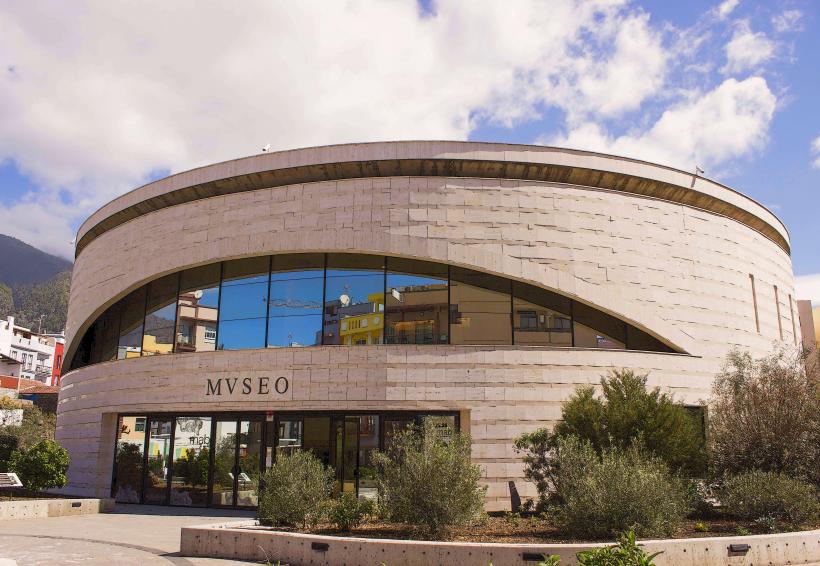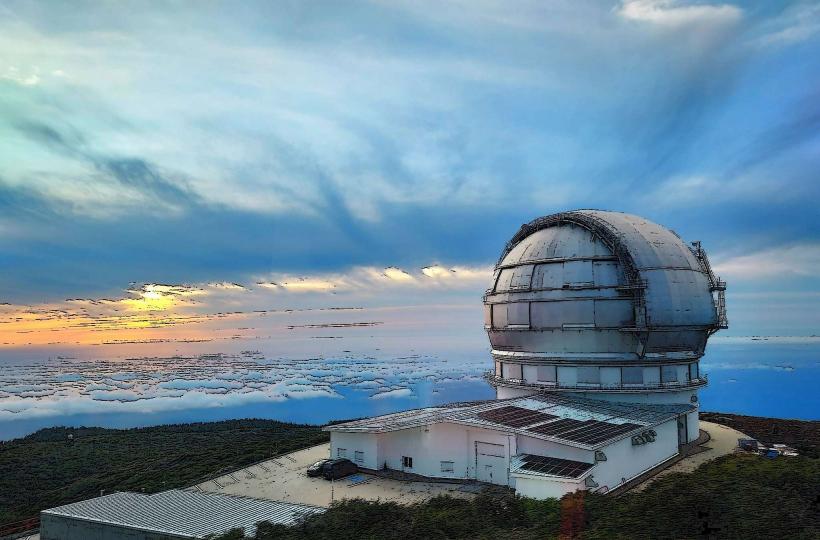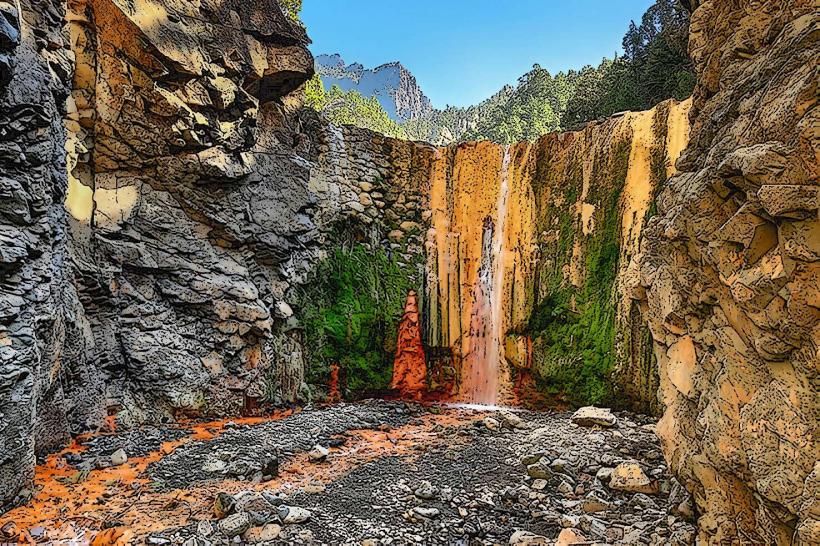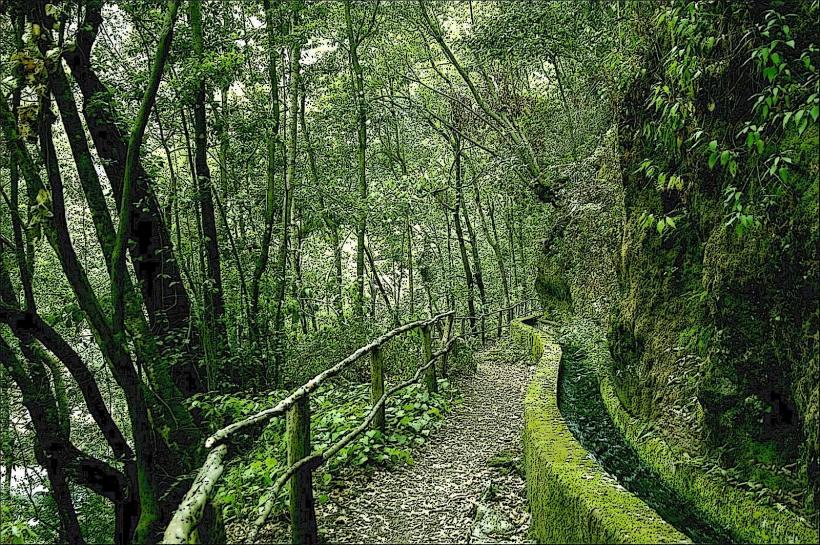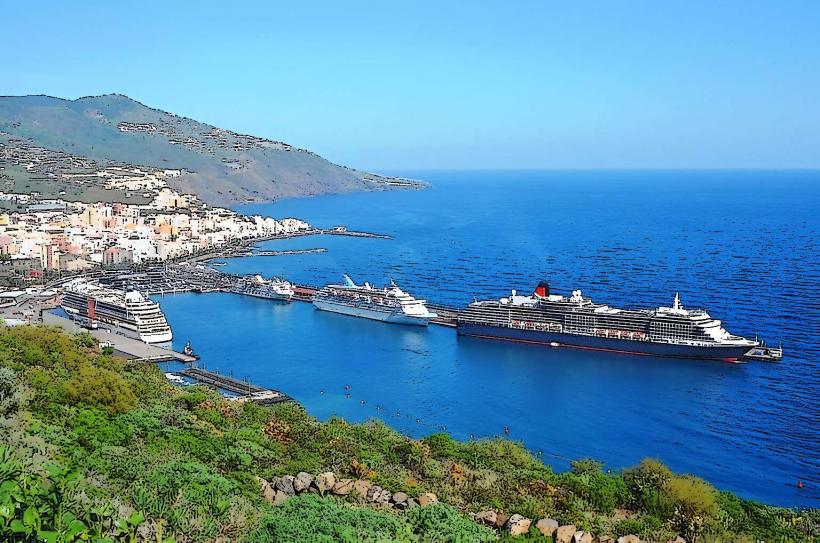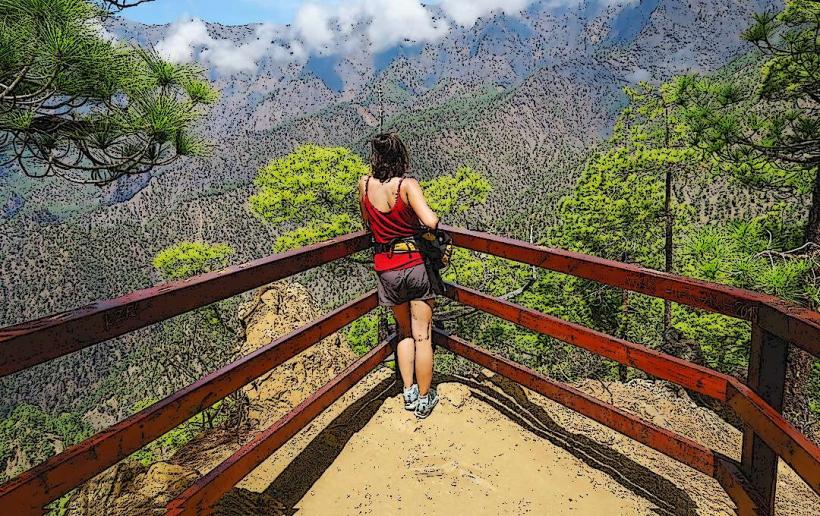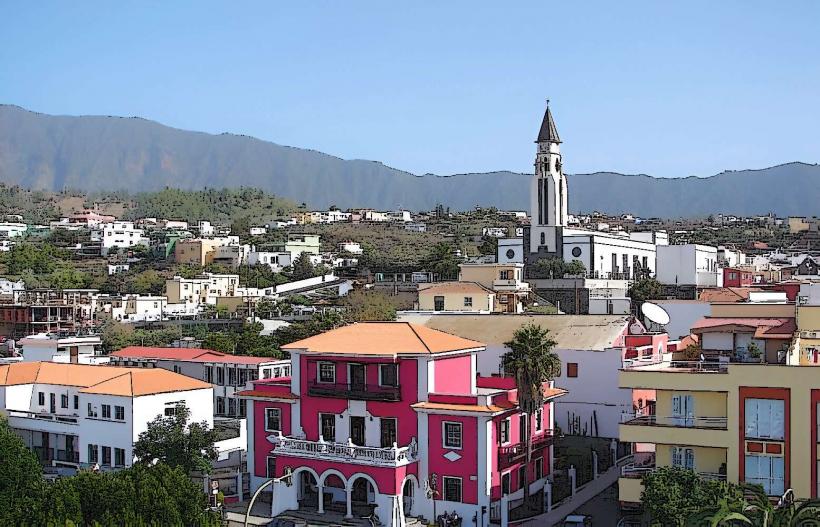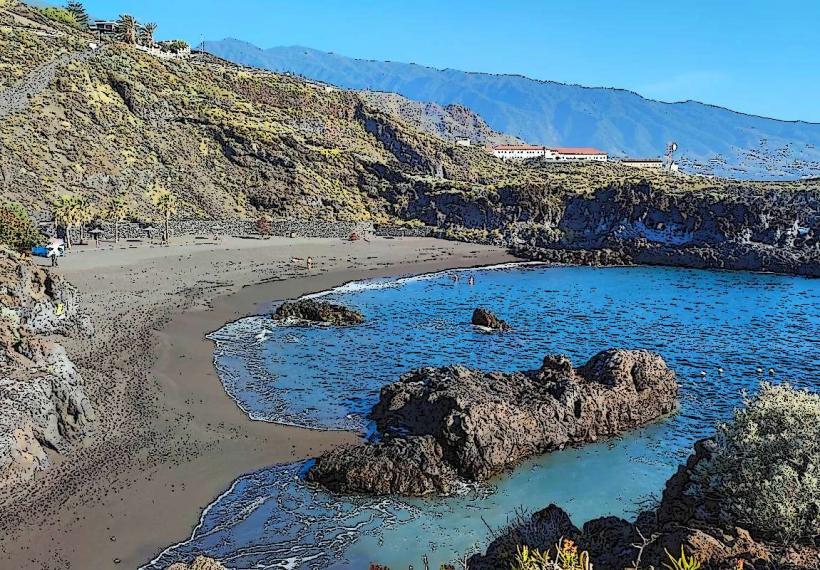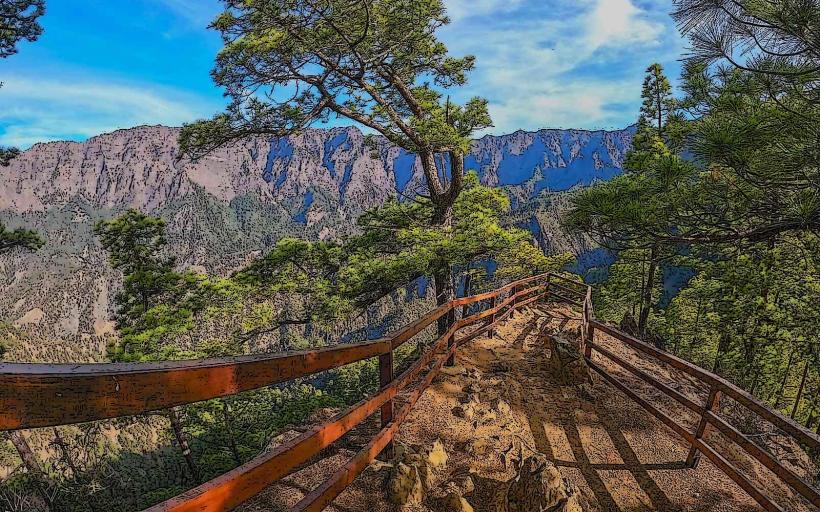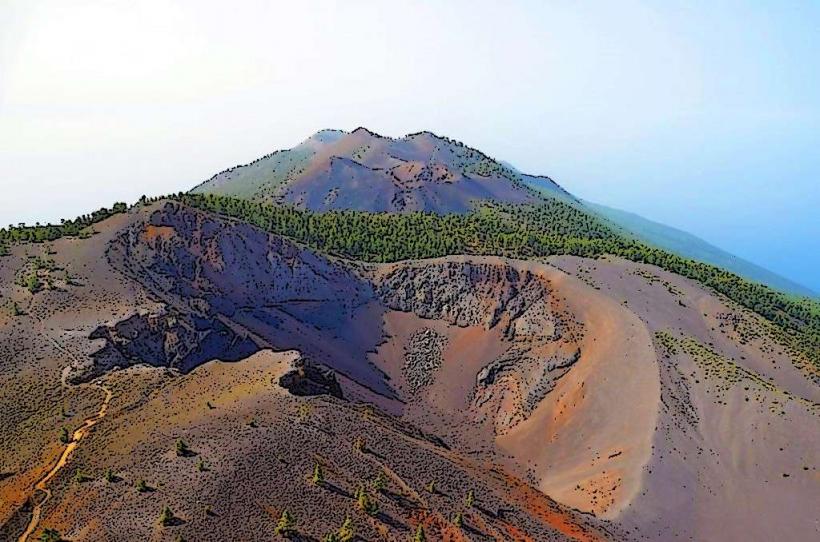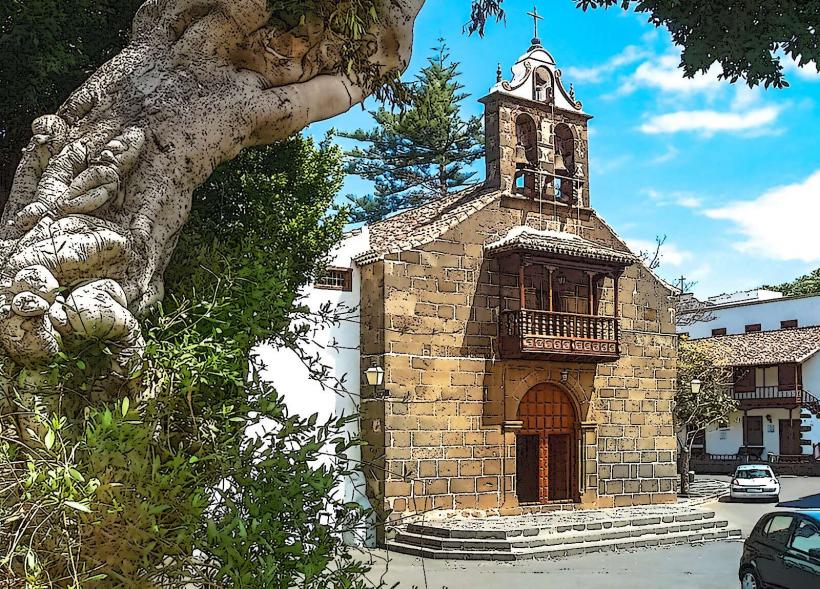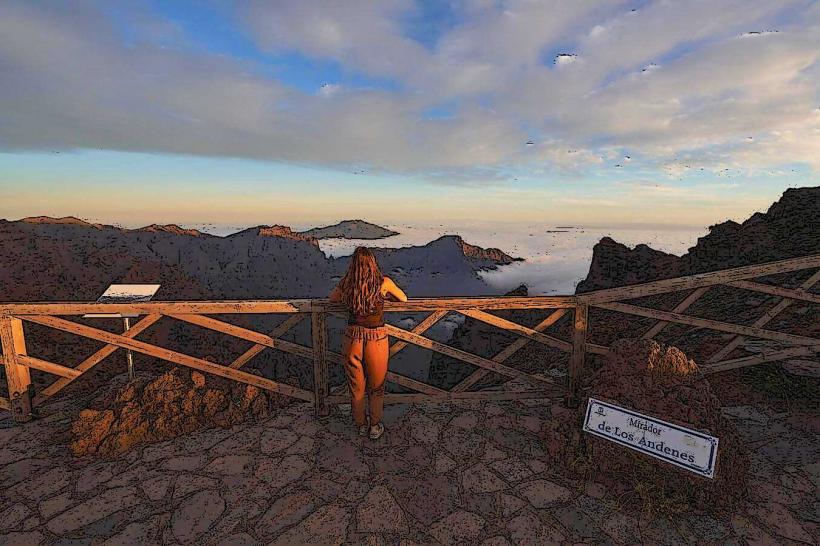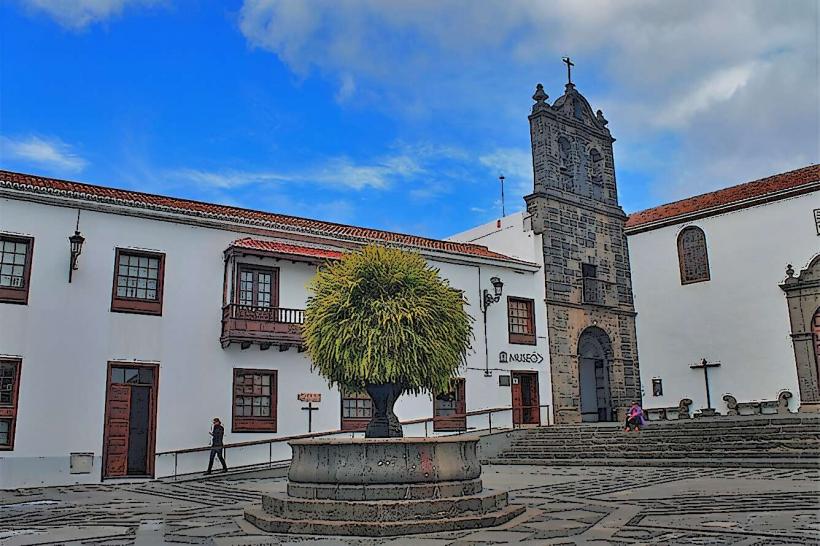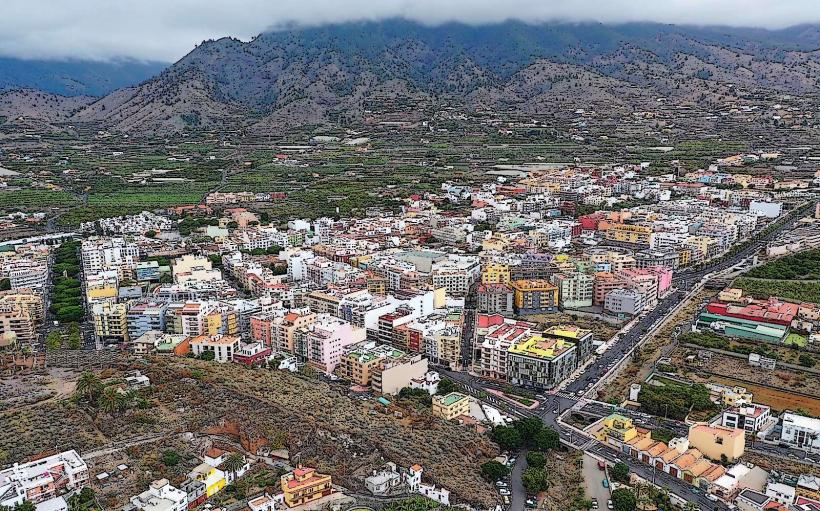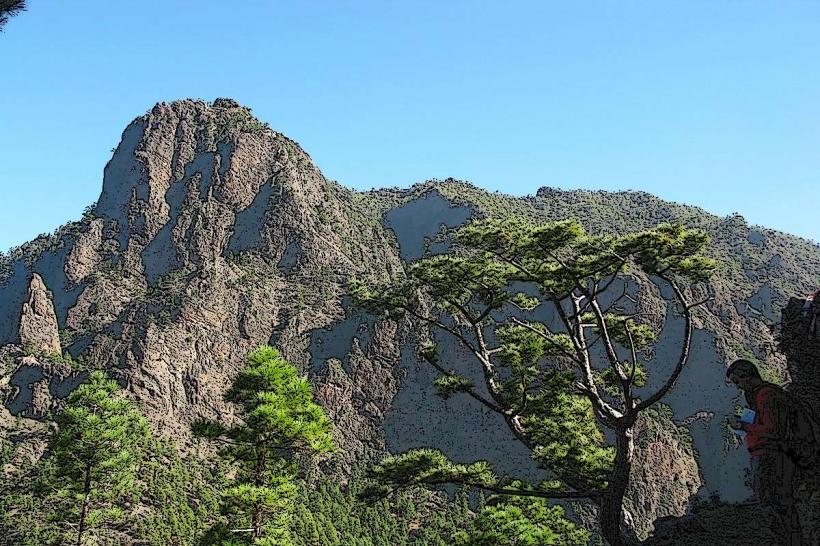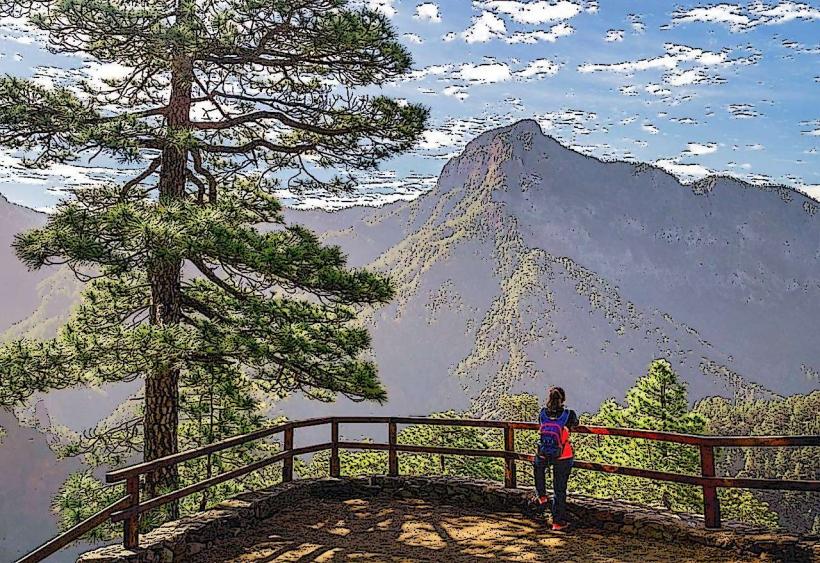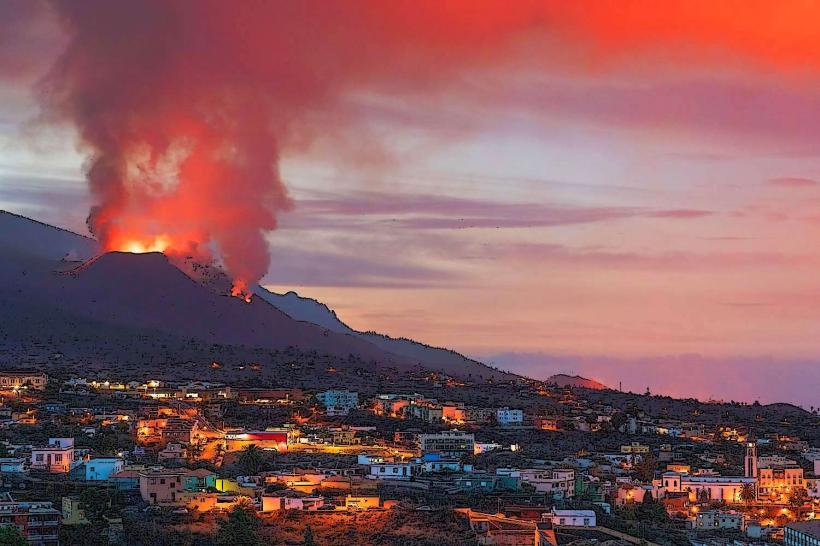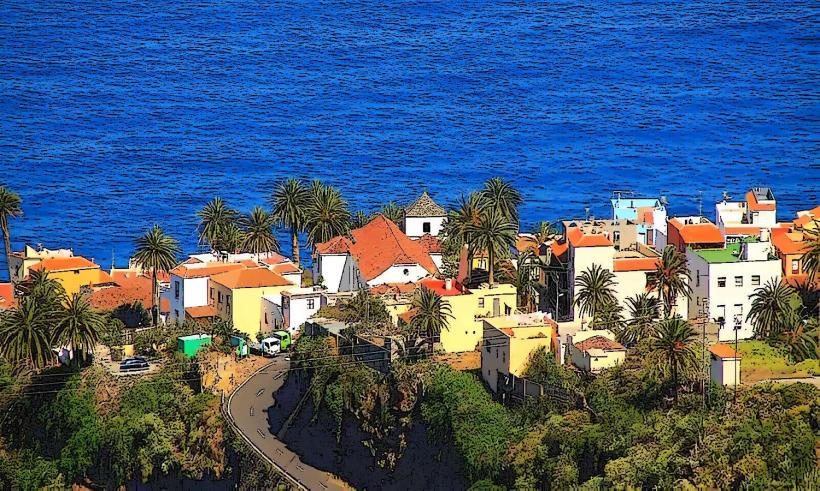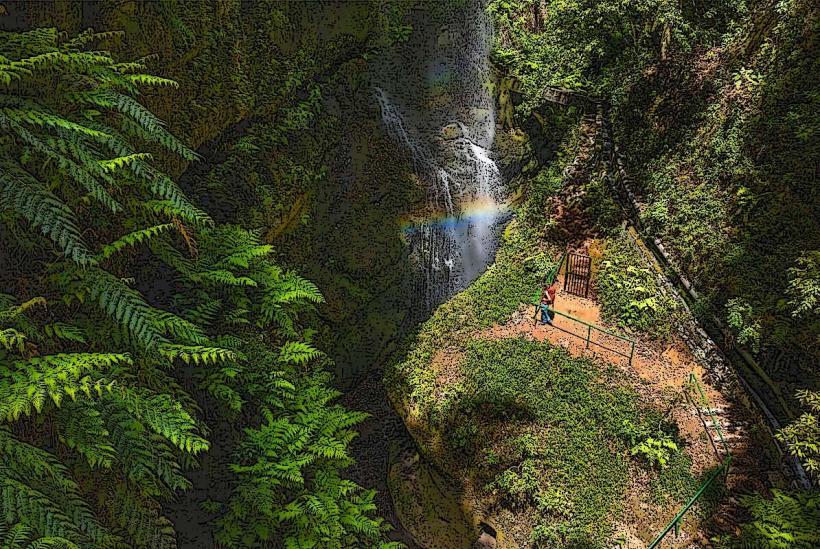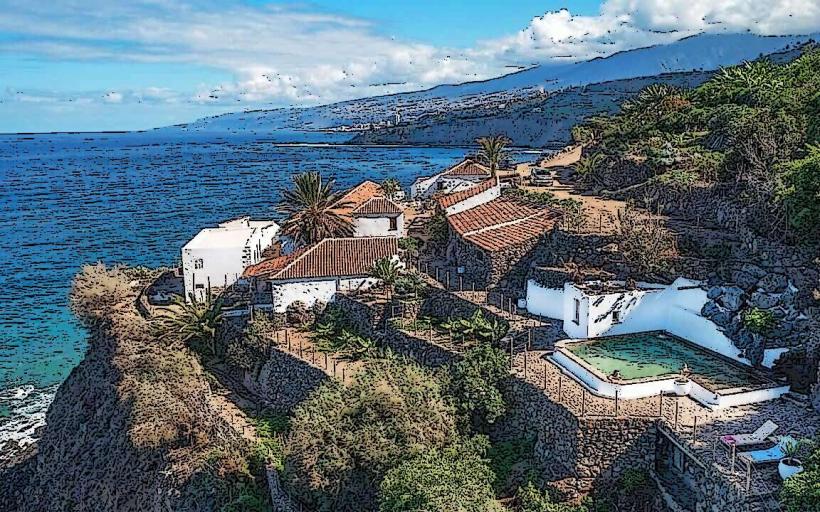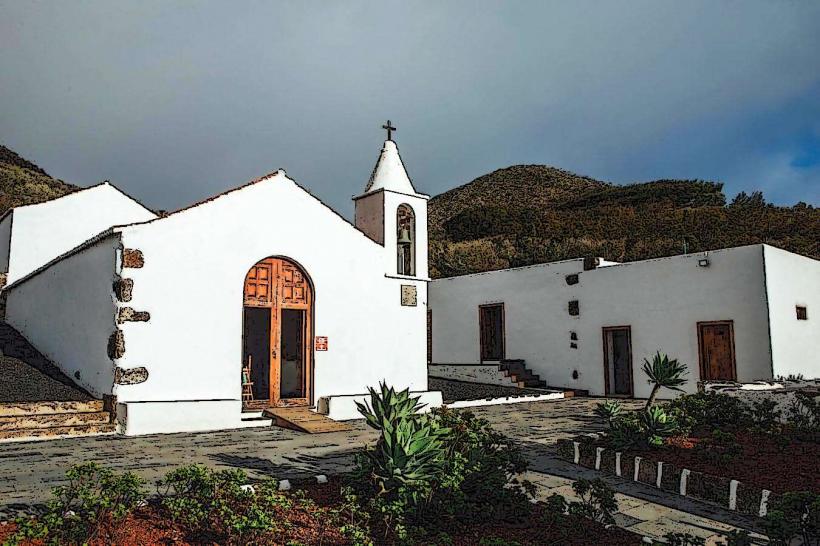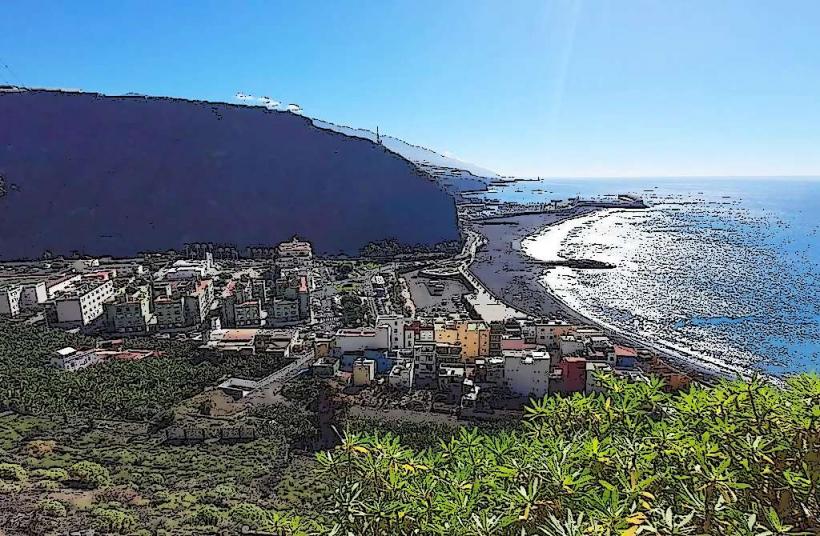Information
Landmark: Roque de los MuchachosCity: La Palma
Country: Canary Islands
Continent: Europe
Roque de los Muchachos is the highest peak on the island of La Palma, Canary Islands, Spain, standing at an elevation of 2,426 meters (7,959 feet) above sea level. It is a prominent location not only for its incredible natural beauty and panoramic views but also for being home to one of the most important astronomical observatories in the world.
Overview
- Name: Roque de los Muchachos (meaning "Rock of the Boys")
- Location: Situated on the Cumbre de la Cumbre ridge in the Garafía municipality on the northern side of La Palma, it is part of the Cumbre Vieja volcanic ridge.
- Elevation: 2,426 meters (7,959 feet) above sea level, making it the highest point on the island.
- Accessibility: The peak is accessible via road, and the Roque de los Muchachos Observatory is located near the summit. It can be reached from Puerto de Tazacorte on the west coast of La Palma.
Astronomical Significance: Roque de los Muchachos Observatory
The Roque de los Muchachos Observatory is one of the world’s leading astronomical research facilities, renowned for its high-altitude location, which provides exceptional conditions for stargazing and astrophysical research. The observatory is managed by the Instituto de Astrofísica de Canarias (IAC) and is home to several major telescopes that make it a critical site for global scientific research.
Observatory Location: The observatory sits at a remarkably high altitude, above most of La Palma's cloud cover, which provides an almost uninterrupted view of the night sky. Its location, coupled with the island's low levels of light pollution, makes it one of the best places in the world for astronomical observations.
Telescopes:
- Gran Telescopio Canarias (GTC): The GTC is the largest single-aperture optical telescope in the world, with a diameter of 10.4 meters. It allows scientists to study distant galaxies, stars, and other celestial bodies with unprecedented clarity.
- William Herschel Telescope (WHT): Another important instrument at the observatory, the WHT is a 4.2-meter telescope used for both optical and infrared astronomy.
- Isaac Newton Group of Telescopes (ING): A group of telescopes that provide complementary tools for studying the universe, including a 2.5-meter telescope for optical astronomy.
- Other instruments include infrared telescopes and radio telescopes, which contribute to ongoing research in cosmology, exoplanet discovery, and stellar evolution.
International Collaboration: The observatory hosts several international collaborations, including research projects and telescope facilities that allow astronomers from all over the world to conduct groundbreaking research. The clear skies of La Palma and the observatory's location have made it a hub for cutting-edge studies in astrophysics.
Scenic Views and Hiking Opportunities
Aside from its scientific significance, Roque de los Muchachos offers breathtaking views of La Palma’s rugged landscape, the Cumbre Vieja volcanic ridge, and the surrounding Atlantic Ocean. The area is also a popular destination for hikers and nature enthusiasts.
Panoramic Views: From the summit, visitors are treated to stunning vistas of La Palma’s volcanic landscape, including views of the Caldera de Taburiente National Park and the surrounding mountain ranges. On clear days, it’s possible to see the neighboring islands of the Canary Archipelago.
Hiking Trails:
- Several hiking routes lead from the Roque de los Muchachos area, providing access to the island’s diverse natural landscapes, including volcanic terrain, forests, and ravines. One of the most popular trails is the GR-131, which traverses the island from north to south.
- The Cumbrecita Viewpoint, located nearby, offers a dramatic view of the Caldera de Taburiente, and there are numerous other hiking paths around the Roque that take visitors through La Palma’s laurel forests, volcanic craters, and rural villages.
Stargazing and Night Sky: Because of its clear skies and low light pollution, Roque de los Muchachos is a prime location for stargazing. On clear nights, the area is ideal for observing celestial events such as meteor showers, planetary alignments, and the Milky Way. The observatory also offers public stargazing events and telescope tours for those interested in exploring the night sky in greater detail.
Visitor Information
Roque de los Muchachos Observatory Tours:
- The observatory offers guided tours to the public, providing an insight into the scientific work being conducted at one of the world’s most important astronomical research sites. Tours typically include visits to some of the telescopes, explanations of their functions, and an overview of the research projects underway.
- Reservations are required in advance for guided tours, which are usually conducted in multiple languages, including Spanish and English.
Best Time to Visit:
- The best time to visit Roque de los Muchachos is during the spring and autumn months when the weather is generally clear, and the temperatures are mild. Summer is also a good time to visit, though temperatures can be warmer in the lower areas of the island.
- Visitors should be aware that temperatures at the summit can be significantly colder than at sea level, so it’s advisable to dress warmly, especially if planning to visit in the early morning or evening.
Accessibility:
- The road to Roque de los Muchachos is well-maintained and accessible by car. However, the road can be narrow and winding, so visitors should exercise caution when driving. Public transportation options to the observatory are available, but they may be limited.
Conclusion
Roque de los Muchachos is not only the highest peak on La Palma, but it is also an internationally significant location for astronomical research, offering a unique combination of scientific, natural, and scenic value. Whether you are a stargazing enthusiast, a hiker looking for panoramic views, or simply someone wanting to experience one of the most beautiful spots on La Palma, Roque de los Muchachos offers an unforgettable experience. The Roque de los Muchachos Observatory adds an extra layer of allure, drawing visitors from around the world to learn about the universe while exploring the island's stunning landscapes.

